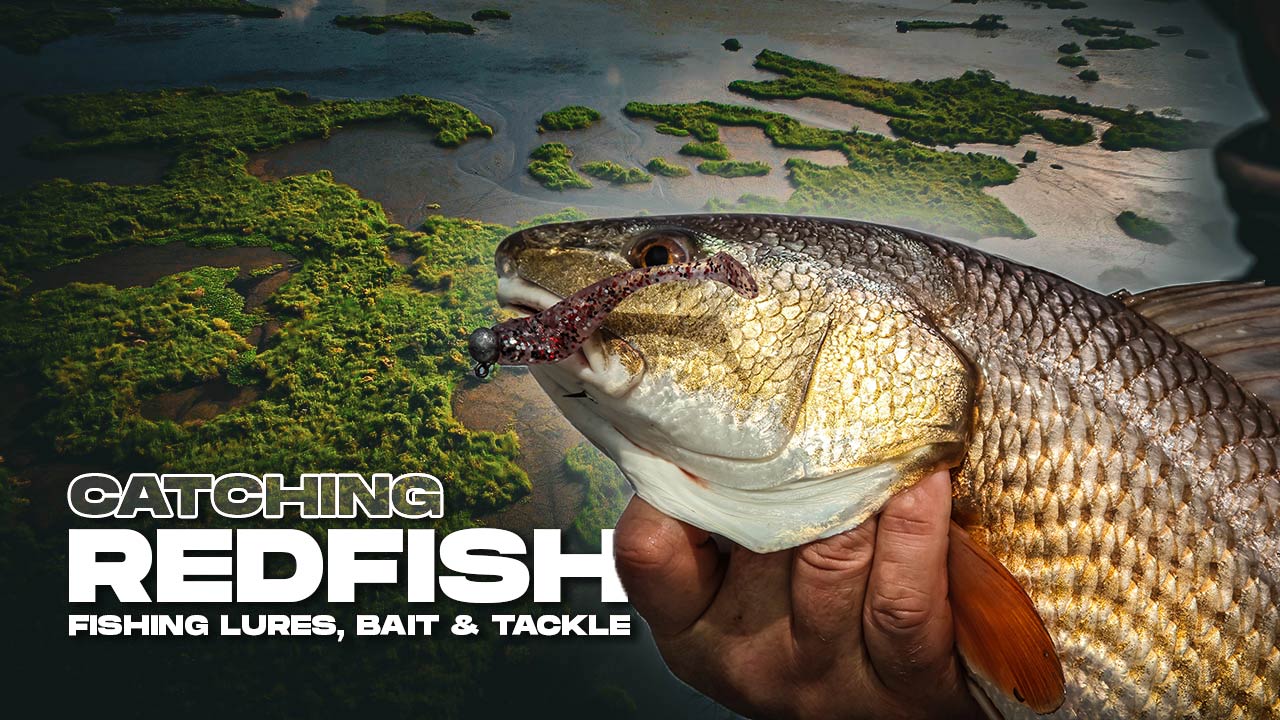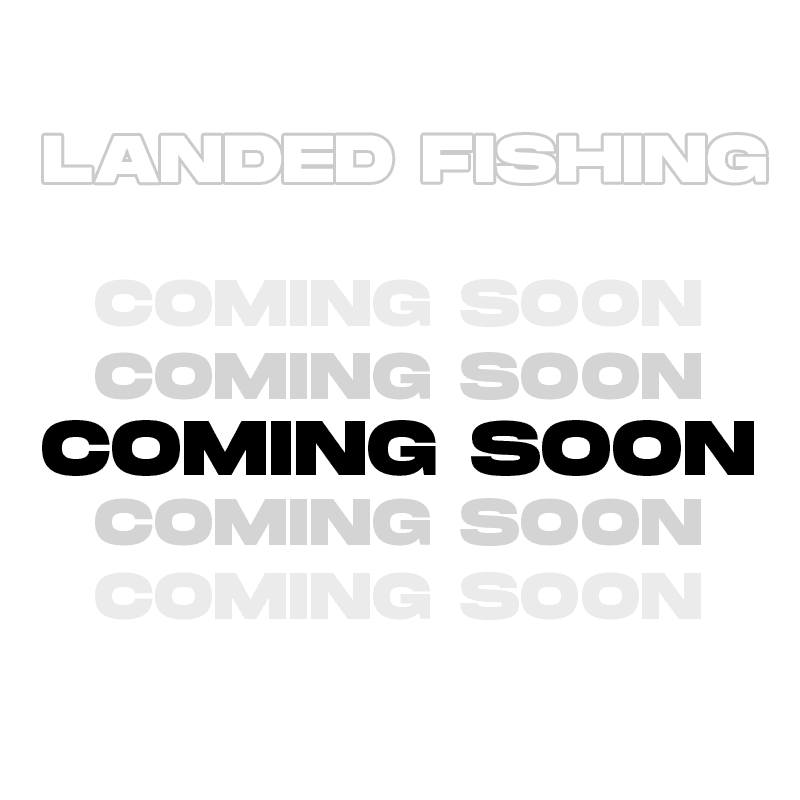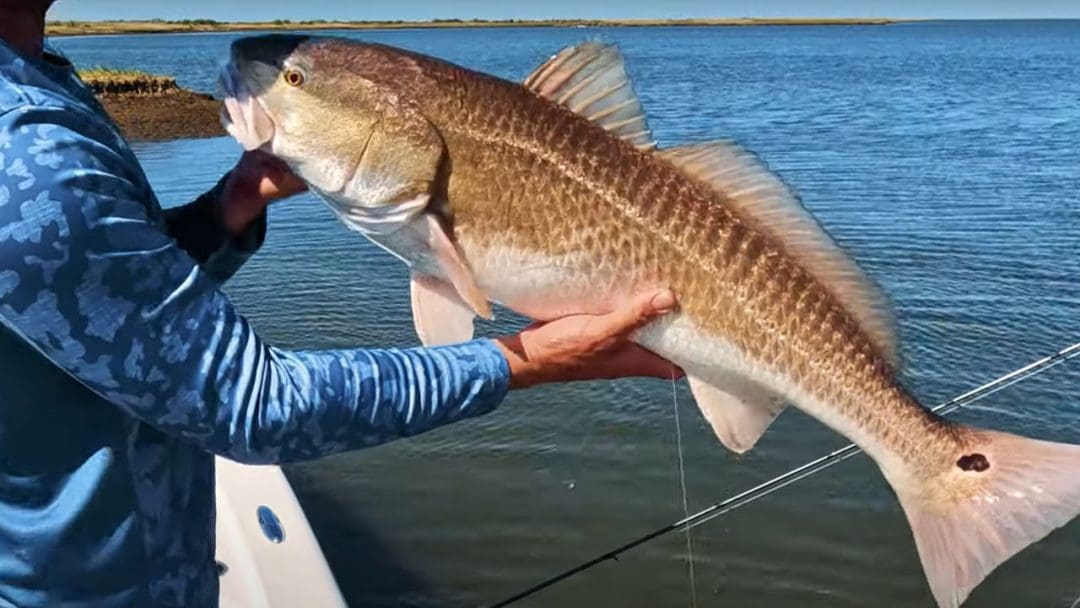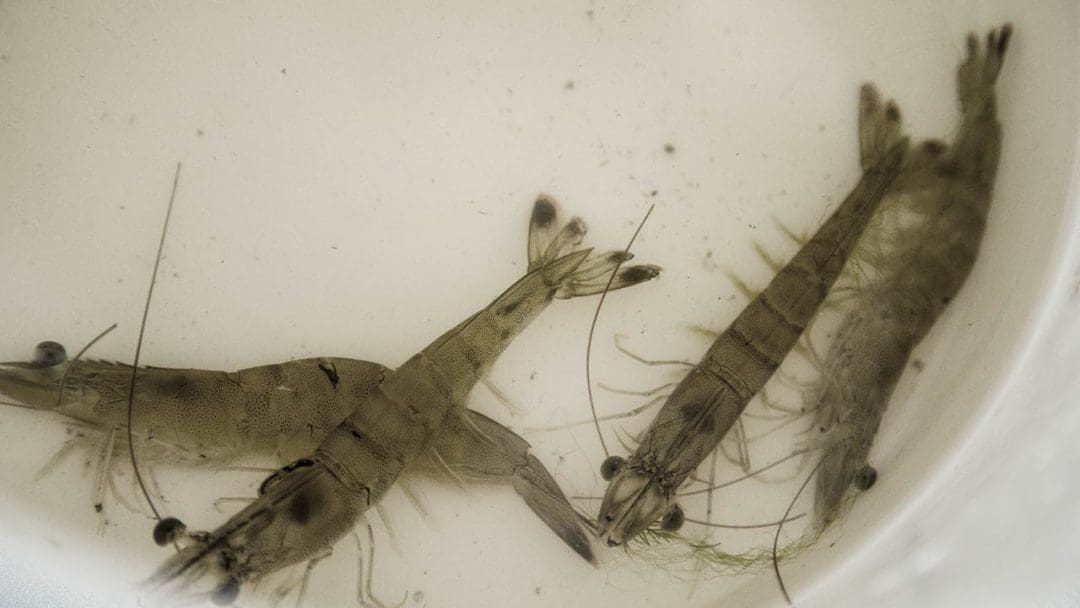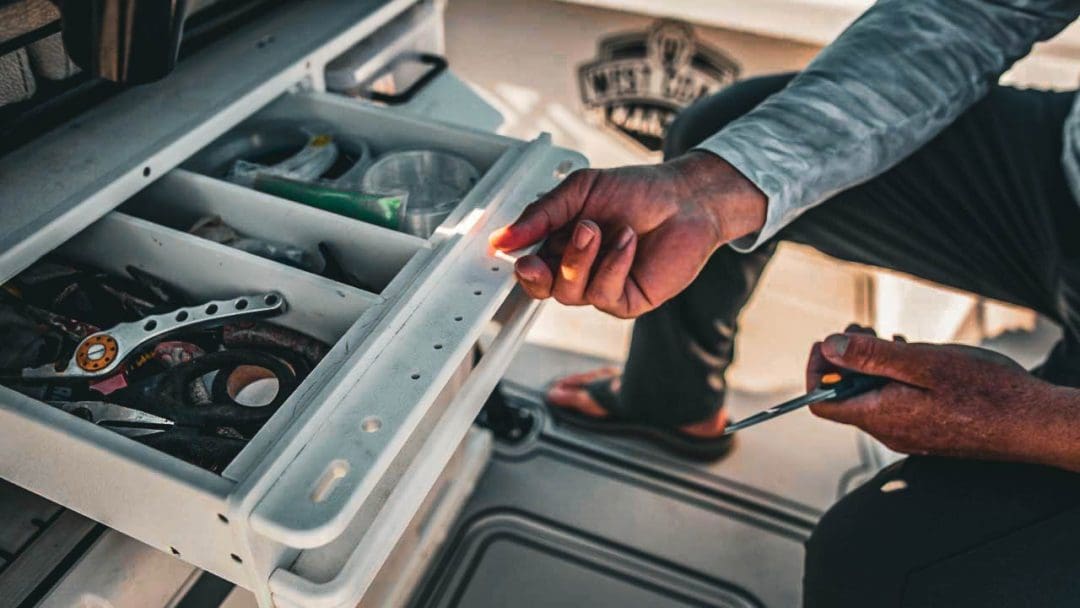Catching Redfish (aka. Red Drum)
Redfish, also known as Red Drum, are a popular inshore and nearshore species that are known for their hard fighting ability and delicious taste.
They can be caught year-round, but peak season is typically from late summer through early winter. Soft plastics, jigs, spoons, and top-water plugs are popular lure selections for catching Redfish.
Live bait options for Redfish include shrimp, crab, shad, mullet, and pinfish.
- Rod: Medium-Medium-Heavy
- Line: 20-30LB
- Artificial Lures: Soft plastics, Jigs, Spoons, top-water plugs
- Live Bait: Shrimp, crab, shad, mullet, pinfish
Fishing Lures & Tackle for Catching Redfish
Seasonal Redfish Patterns, Habitats, and Techniques
Redfish, also known as red drum, is a highly sought-after game fish found abundantly in the Gulf of Mexico.
To increase your chances of success, we’ll explore the seasonal patterns, habitats, and a few fishing techniques associated with catching Redfish
Popular Travel destinations for Catching Redfish
A few notable locations known for their redfish populations, however this species can be found all along the gulf and southern US coasts.
Mosquito Lagoon, Florida –
This world-renowned fishing destination offers excellent opportunities for catching trophy redfish.
Louisiana Marsh Redfish –
The expansive marshes and estuaries of Louisiana are teeming with redfish, providing anglers with exciting fishing experiences.
Texas Gulf Coast Redfish
The bays and flats along the Texas Gulf Coast are known for their abundant redfish populations, making it a favorite destination for anglers.
Outer Banks, North Carolina Redfish
The Outer Banks provide a unique opportunity for sight fishing redfish in shallow waters.
The Right Fishing Tackle for Redfish
Best Fishing Tackle and Equipment for Redfish
When it comes to redfish fishing in the Gulf of Mexico, having the right tackle and equipment can make all the difference. Here is a comprehensive overview of the recommended gear:
Best Rod and Reel for Redfish:
A medium-heavy to heavy rod is recommended for redfish fishing, with a length of 7-8 feet. A spinning reel with a high line capacity is also recommended, as redfish can be powerful fighters.
Fishing Line for Redfish:
Braid or monofilament line with a test strength of 20-30 pounds is recommended for redfish fishing in the Gulf of Mexico.
Braid is preferred due to its sensitivity and lack of stretch, which allows for better detection of bites and improved hook sets.
Leader for Redfish:
A leader with a test strength of 20-30 pounds is recommended, as redfish have abrasive mouths, and during the fight can structure, or rocks can easily cut through lighter leaders.
Fluorocarbon leader is preferred due to its low visibility and abrasion resistance.
Hooks Sizes for Redfish:
A circle hook with a size of 2/0 to 4/0 is recommended for redfish fishing in the Gulf of Mexico.
Circle hooks are preferred as they tend to hook the fish in the corner of the mouth, making for easier and safer catch and release.
Most Effective Redfish Bait and Lures:
Live or cut bait such as shrimp, mullet, or blue crab are effective for redfish fishing in the Gulf of Mexico. Soft plastic lures and topwater plugs can also be effective, particularly when targeting larger fish.
When it comes to redfish fishing in the Gulf of Mexico, choosing the right bait and lures can greatly increase your chances of success. Here is a brief overview of the best options:
Live or Cut Bait:
Live or cut bait is a popular and effective option for redfish fishing in the Gulf of Mexico.
Shrimp, blue crab, and mullet are all good choices, as they are commonly found in the same areas as redfish.
Soft Plastic Lures:
Soft plastic lures such as swimbaits, curly-tail grubs, and paddle-tail shad imitate the movements of live bait and can be effective for catching redfish in the Gulf of Mexico.
Soft Plastic lures are typically fished using a jig head or weighted hook.
Topwater Plugs:
Topwater plugs can be a fun and exciting way to catch redfish in the Gulf of Mexico, particularly when targeting larger fish.
Topwater lures mimic the movements of wounded baitfish and can trigger aggressive strikes from redfish.
Gold Spoons:
Gold spoons are a classic choice for redfish fishing in the Gulf of Mexico, as they mimic the color and movement of small baitfish.
Gold Spoons are typically fished using a steady retrieve and can be particularly effective in clear water.
Tackle Box and Accessories:
A tackle box with a variety of hooks, sinkers, swivels, and other terminal tackle is recommended for redfish fishing. Other useful accessories include pliers for removing hooks, a landing net, and a fish grip for handling fish.
Choosing the right bait and lures for redfish in the Gulf depends on a variety of factors such as water conditions, time of day, and the behavior of the fish.
Rigging your equipment correctly is essential for success when fishing for redfish in the Gulf of Mexico.
Seasonal Patterns for Redfish:
Redfish behavior in the Gulf of Mexico is influenced by various seasonal factors. Understanding these patterns can significantly improve your fishing success rate.
Redfish Fishing in the Gulf of Mexico:
Here’s a breakdown of the seasonal behavior of Redfish:
Spring Redfish:
Spring is a great time to catch Red Drum, during spring, redfish are in a transitional phase.
They move from deeper waters to shallower estuaries and marshes to spawn.
Look for them around oyster bars, grass flats, and mangrove shorelines.
Summer Redfish:
Redfish tend to seek cooler waters during the hot summer months. Red Drum can be found in deeper channels, around structure such as bridges, and near artificial reefs.
Summer time, early morning or late evening fishing is often more productive when temperatures are lower.
Fall Redfish:
As water temperatures start to cool, redfish become more active. They feed heavily to prepare for the winter months.
Focus on areas where baitfish are abundant, such as tidal creeks, river mouths, and grassy flats.
Winter Redfish:
During winter, redfish congregate in large schools, providing excellent opportunities for anglers. Look for them in deeper channels, around oyster bars, and near structure.
Fishing with live or cut bait near the bottom is effective during this season.
Where to Find Redfish
Redfish Habitats:
Understanding the preferred habitats of redfish is key to locating them in the Gulf of Mexico. Here are some primary habitats where redfish can be found:
Redfish thrive in a variety of habitats, including estuaries, bays, flats, and marshes. They are highly adaptable and can tolerate both saltwater and freshwater environments.
Redfish are voracious predators, often foraging for crabs, shrimp, mullet, and other small baitfish.
Estuaries and Inlets:
Redfish are commonly found in estuaries, bays, and inlets, especially during their spawning season.
These areas provide an abundance of food and shelter, making them ideal habitats.
Grass Flats and Marshes:
Redfish often feed and seek refuge in shallow grass flats and marshes. Look for areas with seagrass beds, oyster bars, and tidal creeks.
These habitats provide an ample supply of prey and protection from larger predators.
Channels and Passes for Redfish:
Deep channels, tidal creeks, and passes are excellent spots to target redfish, especially during tide changes.
These areas serve as highways for baitfish, attracting redfish and other predatory species.
Fishing Structure for Redfish:
Redfish are attracted to structure such as bridges, jetties, piers, and artificial reefs.
These structures provide cover and attract baitfish, making them prime feeding grounds for redfish.
Redfish Fishing Techniques:
Now that we’ve covered the seasonal patterns and habitats, let’s explore some effective techniques for catching redfish in the Gulf of Mexico:
Fishing Techniques for Redfish
Retrieve Techniques:
Redfish are known to feed aggressively, so employing an enticing retrieve is crucial. Try using a strip-and-pause technique, where you strip the line in short bursts and then pause briefly.
This imitates the movement of wounded baitfish or a fleeing crustacean, enticing redfish to strike.
Leader and Tippet:
Use a sturdy leader with a length of 7 to 9 feet and a tippet of 12 to 16 pounds to handle the strong runs and abrasion resistance of redfish.
Ensure your knots are secure to avoid losing fish during the fight.
Sight Fishing Redfish:
One of the most exciting methods for targeting redfish is sight fishing. When the water is clear, look for redfish cruising or tailing in shallow flats or along the edges of marshes.
Polarized sunglasses are essential for spotting them. Cast your fly ahead of the fish and allow it to sink, then retrieve it to mimic natural movement.
Live Bait vs Artificial Lures for Redfish
Live Bait for Redfish Fishing:
Using live bait, such as shrimp, mullet, or pinfish, is a reliable method for targeting redfish. Rig your bait with a circle hook and adjust the weight according to the current and depth.
Allow the bait to sit on the bottom or suspend it under a popping cork to attract nearby redfish.
Artificial Lures for Redfish:
Redfish readily strike artificial lures, including soft plastic baits, spoons, and topwater lures. Choose lures that mimic their natural prey, such as shrimp, crabs, or baitfish.
Work the lures around structure, along grass flats, or near drop-offs to entice strikes.
Jig & Soft Plastic Combos for Red Drum
When it comes to targeting redfish, one technique that consistently proves effective is using jig and soft plastic combinations.
Jigs are versatile lures that can mimic a variety of prey items, making them irresistible to hungry redfish.
Coupled with a well-selected soft plastic bait, this combination can yield excellent results.
Selecting the Right Jig
Choosing the right jig is essential to entice redfish into striking.
Opt for jigs with natural-looking colors that resemble the local forage.
Consider using jigs with a weighted head to provide the necessary casting distance and optimal sinking rate.
Exploring Soft Plastic Baits
When it comes to soft plastic baits for redfish, the options are endless. Paddle tail and shrimp imitations are among the most popular choices.
Paddle tail baits offer lifelike swimming action, while shrimp imitations are effective in enticing redfish in shallow water.
Experimenting with different colors, sizes, and scents can help determine the most enticing combination for your local redfish population.
Topwater Lures for Redfish
For anglers who enjoy the exhilaration of surface strikes, topwater lures are an excellent choice when targeting redfish.
These lures create enticing surface disturbances, mimicking wounded baitfish and triggering aggressive strikes from hungry red drum.
Popper Lures
Popper lures are designed to imitate wounded baitfish struggling on the water’s surface.
Their concave-shaped heads produce a popping sound when jerked, creating a commotion that redfish find hard to resist.
Opt for poppers with realistic colors and a size that matches the local baitfish.
Walk-the-Dog Lures
Walk-the-dog lures, also known as “walkers,” are popular for their zigzagging, side-to-side action.
When retrieved properly, they mimic a wounded or fleeing baitfish, inciting redfish to strike.
Look for walkers with good casting distance and a realistic finish to increase your chances of success.
The Art of Live Bait Fishing
While artificial lures are effective in enticing redfish, live bait fishing remains a tried-and-true method.
The scent and natural movement of live bait can be irresistible to these voracious predators.
Selecting Live Bait for Redfish
When selecting live bait for redfish, opt for options that are abundant in your local fishing grounds.
Popular choices include finger mullet, shrimp, and live crabs.
Use a sturdy, appropriately sized hook that matches the bait’s size while allowing for a natural presentation.
General Redfish Fishing Tips:
Here are a few additional tips to enhance your redfish fishing experience:
Be Stealthy:
Redfish can be skittish, so minimize noise and avoid making sudden movements when approaching fishing areas.
Wearing neutral-colored clothing and moving quietly can prevent spooking the fish.
Stay Updated with Regulations:
Familiarize yourself with the fishing regulations and size limits for redfish in the Gulf of Mexico.
Adhering to these guidelines ensures the conservation of this species for future generations.
Safety First:
Prioritize your safety while fishing. Wear appropriate personal flotation devices, especially when boating or wading in unfamiliar areas.
Be mindful of weather conditions and always inform someone about your fishing plans.
Practice Catch and Release:
Redfish are a valuable resource, so it’s essential to practice responsible catch and release. Handle them carefully, use proper dehooking tools, and release them gently to ensure their survival.

